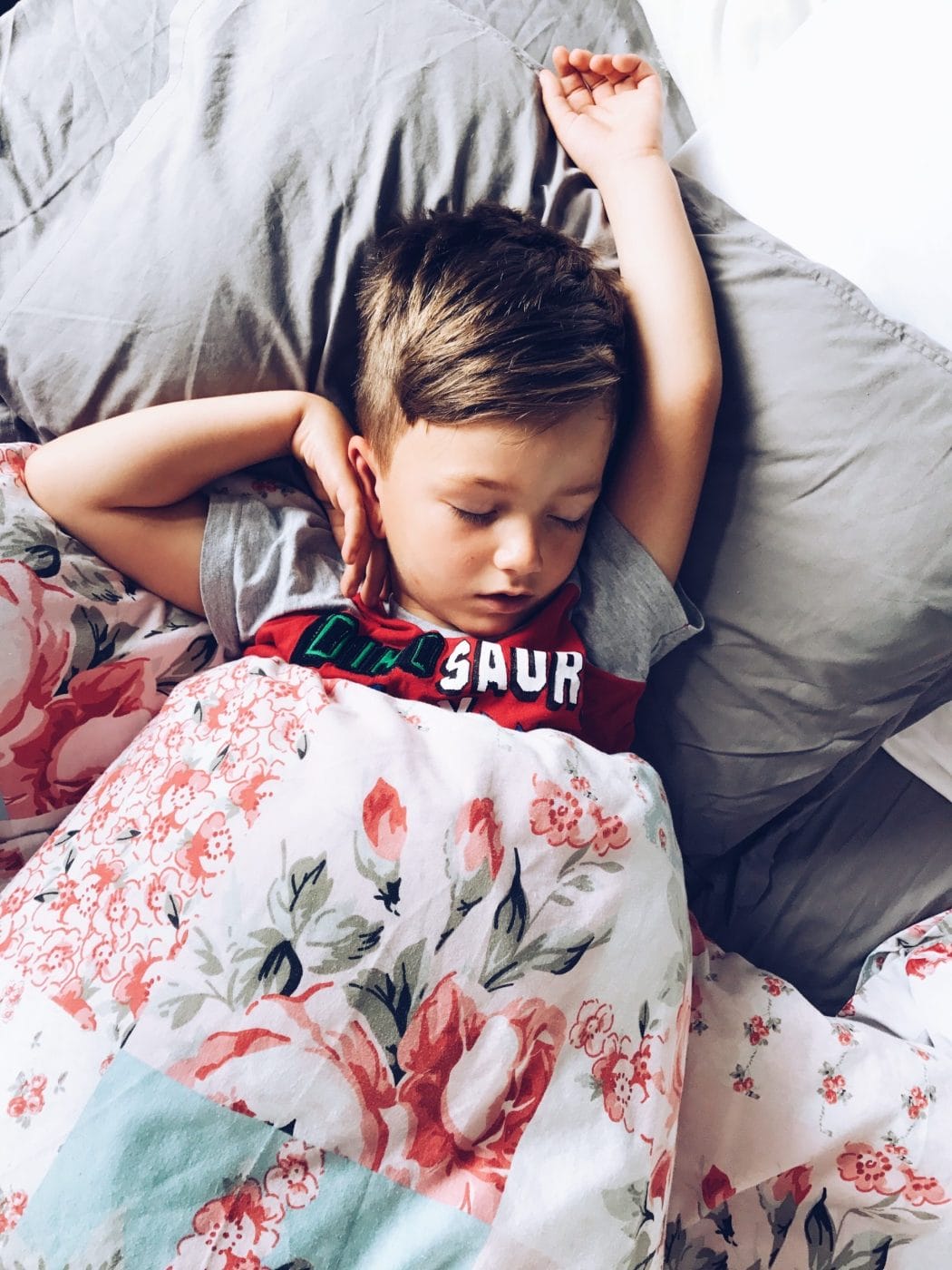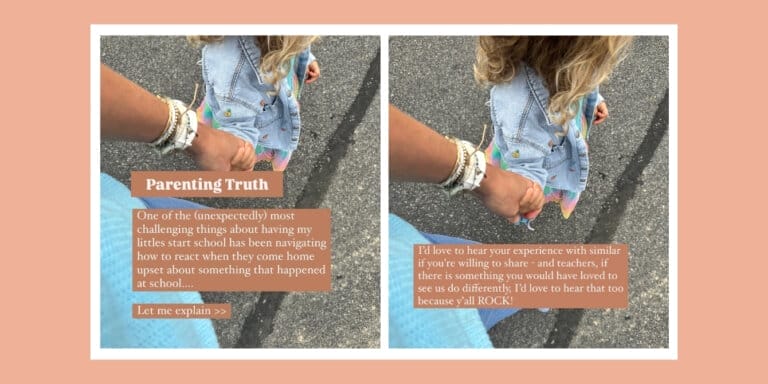Why your kindergartener may still benefit from a nap

How old was your child when they stopped napping, mama?
Nap time is a great time for everyone. It gives mama the chance to fold laundry, meal prep, eat, finally drink her coffee or even just scroll Instagram. Sometimes, your kid’s naps are the very things that keep you sane, and science shows that they don’t just boost mama’s productivity, but our kids’ ability to learn, too. Experts are making the case for prioritizing naps beyond the toddler years.
Back in 2015, researchers reviewed data and suggested no real benefit in persuading kids against dropping their naps as they age. But more recently, ongoing research funded by the National Sleep Foundation suggests that by cutting an afternoon nap from preschool and kindergarten-aged children, we may also be cutting their ability to remember what they learn in the long-term.
Cognitive researchers Rebecca Spencer and Tracy Riggins reference several previously conducted studies, including one that observed a group of kids who were split into two groups. The children were either encouraged to nap or to stay awake and researchers observed how this choice affected their ability to recall details a day later.
The group that did not nap forgot 12 to 15% more details than the students who snoozed midday. Based on this study and others, Spencer and Riggins suggest a link between napping and learning effectively—and believe memory may be compromised if the transition away from daytime naps is forced.
When you look at these benefits and consider how essential nap time can be for a mom’s sanity, it seems like a no-brainer to keep that nap schedule intact, but unfortunately it isn’t so simple. For one thing, it may not be entirely up to mothers. If your kids are enrolled in kindergarten or preschool, it’s likely up to the school to decide whether or not nap time is part of the day, and educators may be tempted to wipe it from the schedule for more learning time.
Another point the researchers make? Not all kids have the same needs. Some will benefit more from naps than others.
The sad reality, according to the researchers, is that kids who may need naps the most may not have opportunities to take them. According to Peg Oliveira, the executive director of the Gesell Institute of Child Development, previous studies have indicated that kids exposed to trauma or poverty may already be prone to cognitive delays; those students are also less likely to get enough nighttime sleep. And sadly, affluent schools are more apt to offer nap time.
Researchers also believe simply offering nap time may not be enough. “Naps in school need to be taken a bit more seriously,” says Spencer according to a release for this news. “Schools may provide the opportunity, but do they promote napping? People walk in and out of the classroom with full-on conversations. They should dim the room, promote quiet and separate kids who are distracting.”
While there may not be a one-size-fits-all approach to determining a child’s nap schedule, it’s worth considering that the American Academy of Pediatrics recommends 10 to 13 hours of sleep (including naps) for children aged three to five. What’s tricky, though, is that it can be tough to anticipate what your children really needs. According to Spencer, there are so many developmental changes happening during this point in childhood so the need for naps may come and go.
The bottom line? This research definitely highlights some great reasons to encourage napping, but it isn’t black and white.
Our advice is this: If you’re unsure of whether your child should drop a nap or not, a chat with your pediatrician may be in order. And if you’d like your little ones to keep napping but their school doesn’t encourage this, you may want to chat with a teacher.
According to the National Sleep Foundation, naps don’t have to be all or nothing. You can allow your child to nap as needed even after you’ve officially dropped the routine, or you can gradually wean naps to ease the transition. You could also push bedtime a bit earlier to help little ones make up for lost nap time sleep. It up to you and what your child needs, mama.


































